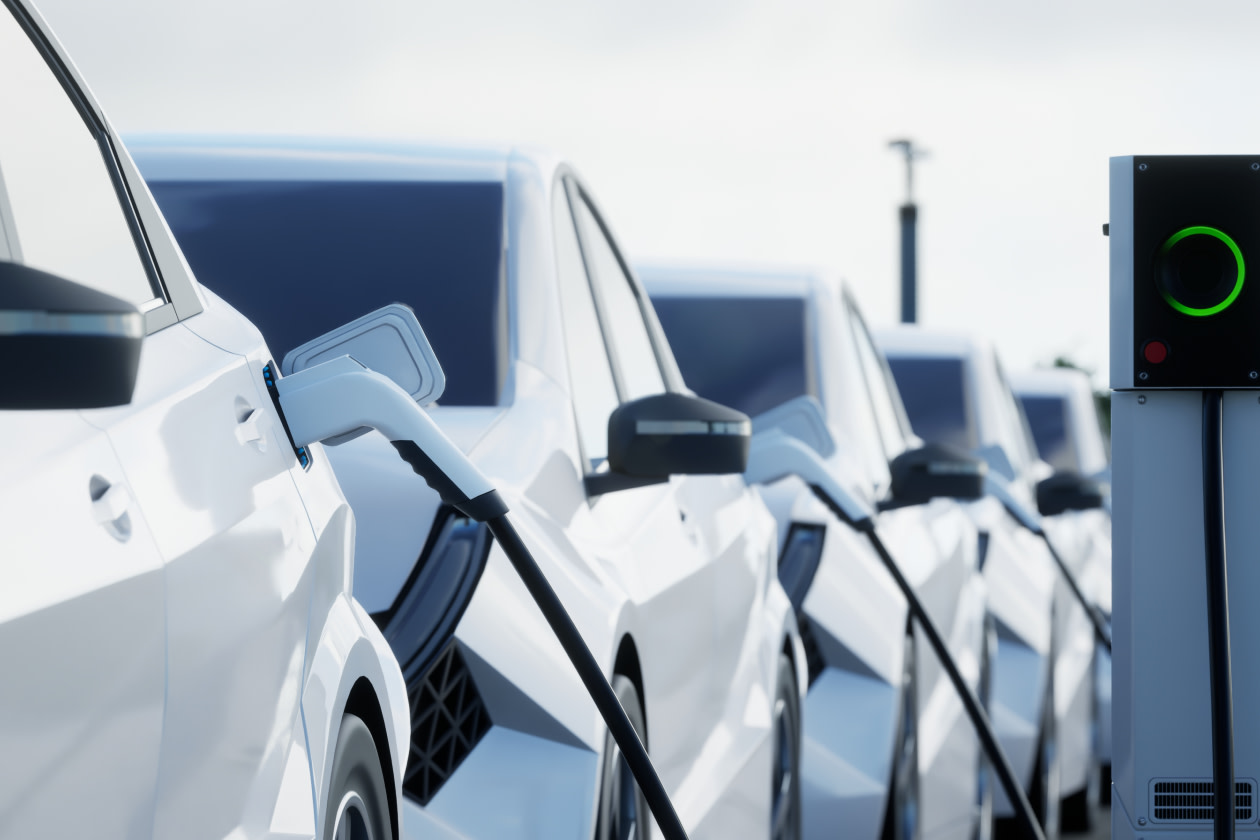Tesla reported a 2% rise in revenue to a record $25.5bn. Within that, the core auto business saw a 7% drop in revenue to $19.9bn, which was offset by strong growth in Energy Storage (+100%) and Services (+21%).
Operating profit fell 33% to $1.6bn. That was largely a result of the 39% jump in expenses, driven by $622mn in restructuring charges. Auto gross margin excluding credits (a key metric for the car business) was 2 percentage points below consensus, at 14.6%.
Free cash flow rose 34% to $1.3bn, and net cash was $23.0bn at the end of June.
First production of Tesla’s ‘affordable’ cars is on track for the first half of 2025. The Robotaxi unveil event has been delayed until 10 October.
The shares fell 7.4% in pre-market trading.
Our view
Telsa's second-quarter results didn't quite hit the mark, but it felt on track with how things have been of late. The bears were treated to a fresh set of weak auto financials to back up their case, while there was just about enough chatter on Tesla's other projects to give the bulls hope.
The investment case now lies firmly on 2025 and beyond. But in the here and now, the core auto business needs to get back on track. The EV market may be taking a breather, but that can only be an excuse for so long.
It's notoriously hard to make profitable EV's, and even harder to generate free cash flow doing so. Tesla can do both, which gives it a serious edge over competition. The exception being China, where the competition is more intense. But price cuts and increased finance offers are weighing on auto-margins. There'll probably be a time in the not-too-distant future when investors look beyond that number, but we're not there yet.
EV demand looks like it may have settled, so cost-cutting efforts are a core part of the near-term margin recovery strategy. There have already been job cuts, and costs associated with that were a big detractor on second-quarter earnings, not something we expect to see repeat. The other angle is innovation, and Tesla is making progress with its in house battery programme that should help reduce production costs when ramped up.
If Tesla can stabilise margins over the coming quarters, it'll go a long way to helping move the conversation on to some of the exciting growth areas – of which there are several.
Though details remain elusive, it was good to hear that the 'affordable' model is still on track for first production in the first half of next year. We see this as a tangible driver of additional revenue in the near term.
The Robotaxi, which is due to be unveiled in October, will likely take longer to monetise. That said, Tesla is making real progress with its self-driving product. Recent changes to the programming, a ramp-up in computing power, and a huge leap in miles driven, mean improvements are coming thick and fast.
Energy storage is another promising growth area that's already adding real value ($3bn in revenue over the second quarter). As AI evolves, global power needs look to be heading one way, and Tesla's product is well placed to benefit.
It feels like Tesla is on the verge of turning its next chapter, and it has the balance sheet strength to pursue its considerable range of growth opportunities. But with such a lofty valuation and the unknown of what's next, investors will need patience.
Environmental, social and governance (ESG) risk
Most of the auto industry falls into the medium-risk category in terms of ESG. Product governance, particularly around safety, and carbon emissions from products and services are key risk drivers. Business ethics, labour relations and direct carbon emissions are also contributors to ESG risk.
According to Sustainalytics, Tesla's management of ESG risks is average.
It is recognised as working towards lowering carbon emissions by reducing the prevalence of traditional car engines. However, its product governance and human capital management are deemed problematic. Issues include safety concerns around its autopilot technology and the management of its workforce. Governance concerns also include Elon Musk's past tweets which impacted Tesla's share price.
The author holds shares in Tesla.
Tesla key facts
All ratios are sourced from Refinitiv, based on previous day’s closing values. Please remember yields are variable and not a reliable indicator of future income. Keep in mind key figures shouldn’t be looked at on their own – it’s important to understand the big picture.
This article is original Hargreaves Lansdown content, published by Hargreaves Lansdown. It was correct as at the date of publication, and our views may have changed since then. Unless otherwise stated estimates, including prospective yields, are a consensus of analyst forecasts provided by Refinitiv. These estimates are not a reliable indicator of future performance. Yields are variable and not guaranteed. Investments rise and fall in value so investors could make a loss.
This article is not advice or a recommendation to buy, sell or hold any investment. No view is given on the present or future value or price of any investment, and investors should form their own view on any proposed investment. This article has not been prepared in accordance with legal requirements designed to promote the independence of investment research and is considered a marketing communication. Non-independent research is not subject to FCA rules prohibiting dealing ahead of research, however HL has put controls in place (including dealing restrictions, physical and information barriers) to manage potential conflicts of interest presented by such dealing. Please see our full non-independent research disclosure for more information.


